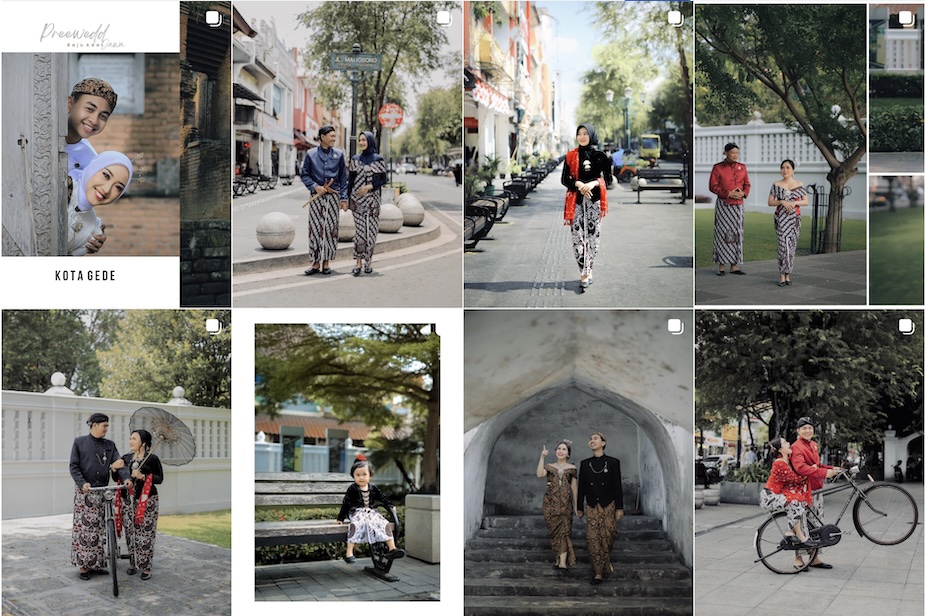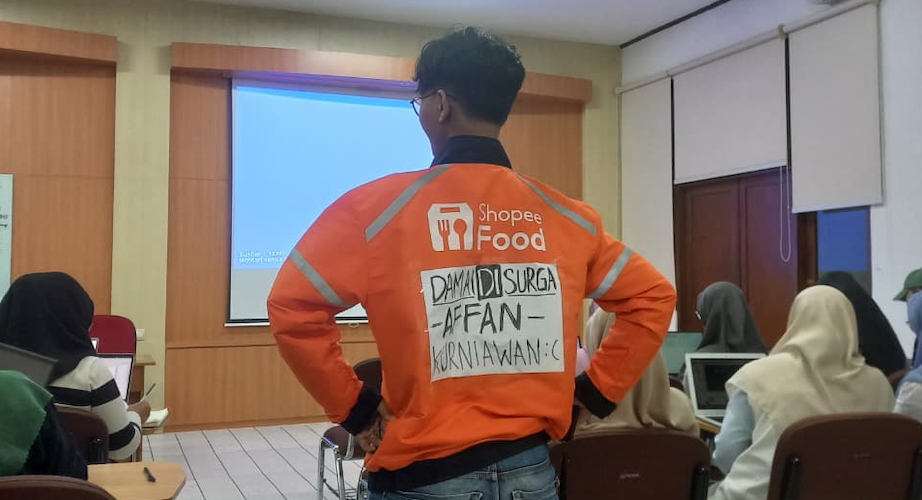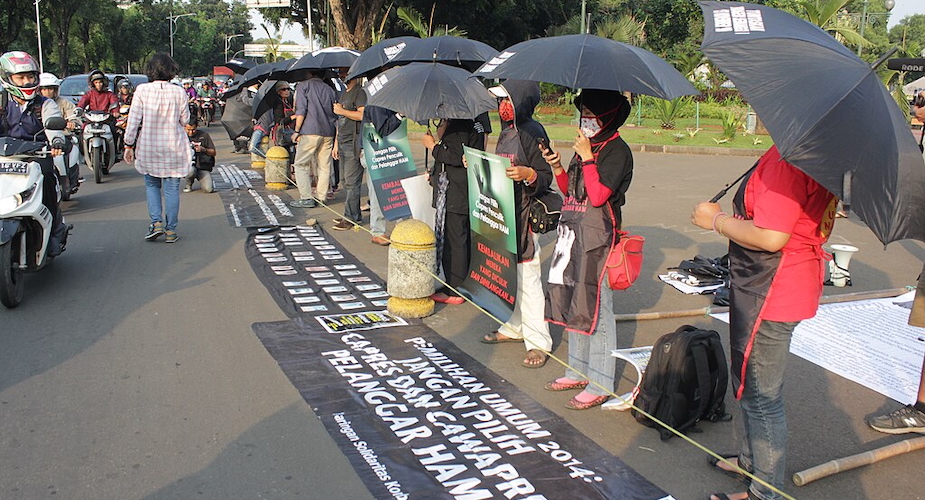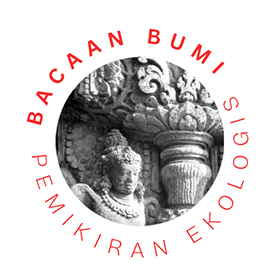With high youth unemployment and the rise of digital media, a career as a content creator is an increasingly popular option among young Indonesians
Ivan, an 18-year-old teenager from Jakarta, is currently dedicating his time and efforts to increasing the number of views on his YouTube channel. His ultimate goal is to boost his income. An avid railfan, Ivan spends his time at railroad crossings and train stations creating content for his channel. To ensure his productions are high quality, he allocates part of the monthly allowance he receives from his parents to buy better equipment. Inspired by successful railfan YouTubers like Nugroho Febianto, Mohammad Adijasa Yudi, and Andriawan Pratikto—each reportedly earning millions of rupiah monthly from their channels—Ivan aspires to achieve similar online success and build his own substantial YouTube following.
‘My favourite place is always at the intersection of the two railway lines near Jatinegara Station’, Ivan explains whilst standing on the long-abandoned concrete railway sleepers to record the trains heading towards Gambir and Pasar Senen. Videos of trains passing through Jakarta tend to be more popular than those featuring a single train. Currently, Ivan earns around Rp 500,000 per video from his YouTube channel, give or take.
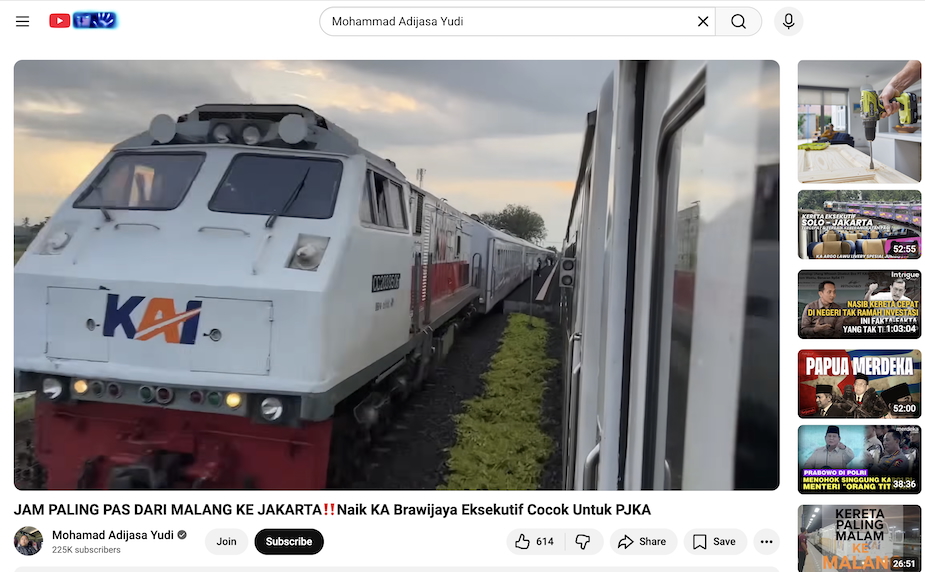
Sarah, 28, is the daughter of a clothes seller at the Tanah Abang Market in Jakarta, Southeast Asia's biggest textile market. Sarah noticed that there was a significant drop off in visitors to the market in the post-Eid al-Fitr period. As it also coincides with the busy school registration time when many parents must purchase new uniforms and outfits for their families, Sarah recognised an opportunity. She began showcasing her mother's merchandise in a livestream directly from their stall in the bustling market. Married women, known as ‘emak-emak’, are her biggest customers. They are always on the lookout for the newest items in Tanah Abang and keep up to date with the trends featured on their social media accounts. Often, after shopping at the market, the ‘emak-emak’ will showcase their new outfits on their own WhatsApp groups.
Armed with a smartphone and tripod and impeccably dressed and made-up, Sarah creates product reviews for the ‘emak-emak’ market, which she streams live to her followers on Instagram and TikTok. She explains, ‘I want to have a glowing complexion and a stunning outfit, so I can draw in potential clients’. Sarah does her TikTok livestreaming after her lunchbreak from a small space inside her mother’s stall. During her livestream, she showcases their hijabs, pashminas, office dresses, and casual dresses. ‘I sometimes need to check the gift setting on my TikTok is turned on, in order to receive money from the online promotion’, Sarah explained. The more attractive her promotion online, the more money she could earn from likes and loves from viewers.
An economic incentive
Like Sarah and Ivan, an increasing number of young people in Indonesia see ‘content creator’ as a favoured occupation, especially in the face of an uncertain economic climate. Since the pandemic, the weak absorption of young workers into formal sectors together with falling national investment, saw Indonesia’s youth unemployment hit 17.3 per cent in 2025. This translates to one in seven young people being unemployed, second only to India in the Asian region.
At the same time, the rise of digital media is fuelling an interest in content creation as a viable career with a focus on generating and disseminating creative content across digital platforms, such as YouTube, Instagram, Facebook and TikTok. In an effort to achieve higher earnings, the content strategy centres on a multi-platform approach, encompassing videos, status posts, and podcasts, to appeal to the broadest possible audience base.
According to the latest figures, the content creation industry in Indonesia boasts a remarkably large and ever-growing number of creators, a trend that shows no signs of slowing down. In 2024, a massive 17 million individuals identified as content creators, of which 8 million considered content creation as their main occupation, generating income equivalent to 63 per cent of the national minimum wage. With the highest number of content creators in Southeast Asia generating the most content, Indonesia rightfully claims the title of the region's leading content producer.
The average user sees 1,000-5,000 social media posts per month, with average daily access of 188 minutes. This high level of engagement means that there is significant potential for content creators to generate income and provide for their livelihoods. Based on the data compiled by Social Blade, Indonesian content creators who have amassed over 1 million views and followers/subscribers, and are ranked in the top 50, can expect to generate monthly earnings exceeding US$1000 on average, well above the average monthly national wage. Content creators can also generate income through endorsements and paid promotions; if a brand believes that a creator's content and audience align with their product's target market they may commission a paid product review, the results of which the creator will then share on their channel or account. Another revenue stream is Google Adsense; this platform typically displays ads in the form of images, text, or videos that will subsequently appear within your content. Adsense pays the content creator each time one of their visitors clicks on the embedded advertisement.
The ripple effect
In their quest for views and subscribers, content creators generate a diverse range of video content, such as gaming videos, cooking shows, analyses of current affairs, product review videos, and travel vlogs. The economic impact of the work performed by content creators has been proven to have real ripple effects in other parts of the economy, and especially on areas of the informal economy. Some posts can cause a venue or location or product to ‘go viral’ - for example, a type of food, a certain restaurant or travel spot – driving exponential increases in business to those areas.
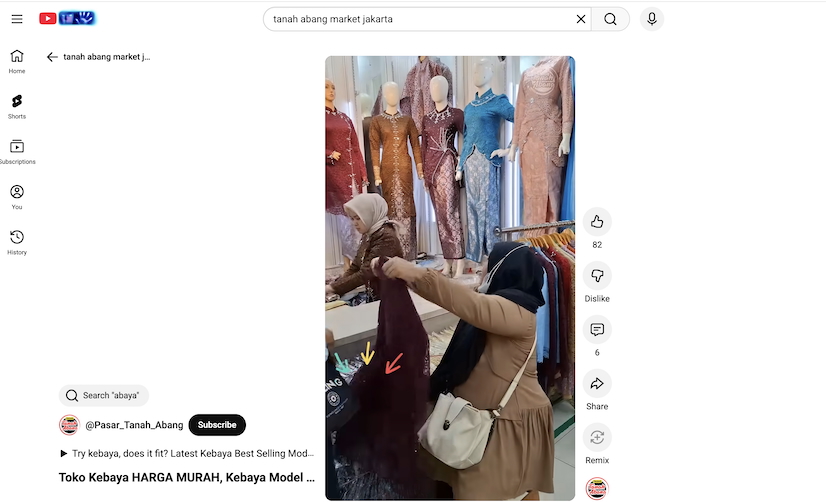
The phrase ‘hidden gems’ trends online whenever creators share videos of ‘amazing’ food or untouched nature. This can draw large numbers of visitors to these locations, which in turn creates jobs like parking, photography, waiters, tour guides, and even traditional clothing rentals. Toni, a 35-year-old freelance photographer also rents out traditional Javanese attire. He described how the revamped Malioboro area in Yogyakarta, particularly its pedestrian zone, has gained popularity on social media thanks to travel vloggers and influencers. A lot of tourists rented attire for couples and families to take pictures with him. The rise in sales of gadgets or tools designed with features to facilitate content creation, is also driven by this demand.
Risk/reward
For digital-savvy young people like Ivan and Sarah, the exciting prospect of a fulfilling career as a content creator influenced their choices after graduating, whilst others make the decision to discontinue their formal education altogether. For both, the pathway is largely ‘self-taught’ using online resources such as tutorials, and engaging with supportive communities. The impressive achievements of some content creators motivate young individuals to pursue their passions and turn them into careers.
Nonetheless, this form of work is heavily dependent on the interests of audiences and markets, which are always changing, potentially leading to unpredictable income and harm to their personal well-being. Content creators must also follow social media rules, with a failure to do so resulting in them being ‘de-platformed’, thereby losing their content, accounts and ultimately, livelihood. For individuals like Sarah and Ivan, it is important to also understand that, for all its potential and excitement, content creation largely occurs within the informal economy and is therefore precarious work.
Wasisto Raharjo Jati (wasi006@brin.go.id) is a Researcher at Center for Politics - Indonesia's National Research and Innovation Agency (BRIN) and Research Fellow at International NGO Forum on Indonesian Development (INFID). Besides his day to day works, he is also a YouTuber covering Indonesian politics.

